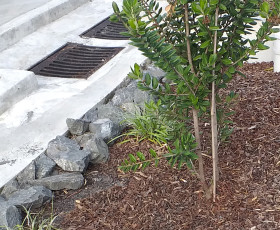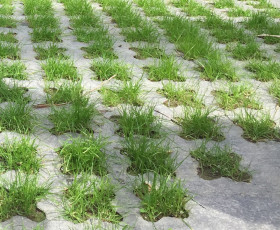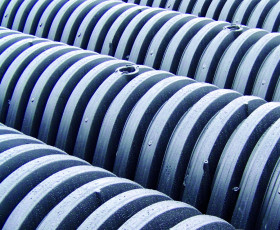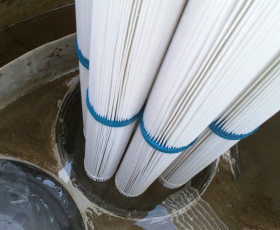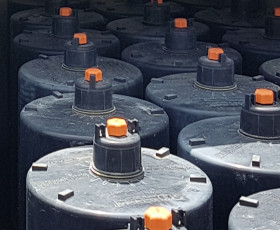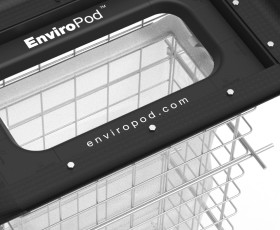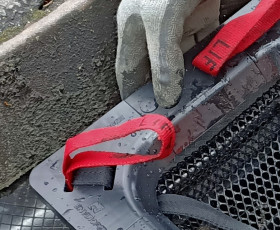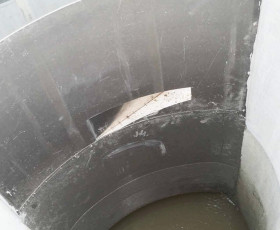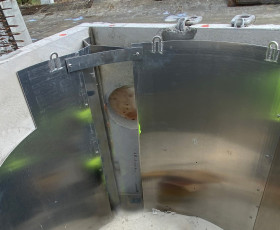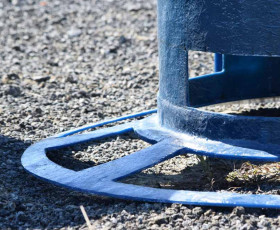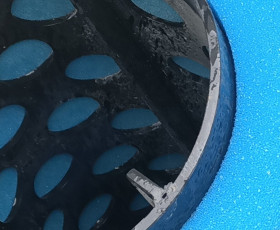Stormwater filters are essential components of stormwater management systems, specifically engineered to capture and retain dissolved and fine particles measuring less than 50 microns. These filters operate by passing stormwater through various media and membranes, each possessing distinct physical and chemical properties tailored to target specific contaminants.
Designed to achieve a removal efficiency of over 80% for solids, it's crucial to consider pretreatment measures, particularly in high-loading sites, to mitigate maintenance costs over time.
The efficacy of stormwater filters in removing dissolved pollutants varies depending on the contaminant and the design of the filtration system. Notably, stormwater filters offer a compact footprint compared to traditional Water Sensitive Design (WSD) solutions, making them ideal for underground installation, particularly in areas where land value is at a premium. However, it's important to acknowledge that underground filters can entail additional maintenance costs due to confined space entry requirements.
For the engineer, stormwater filters present as plug-and-play solutions for small to medium-sized catchments, simplifying implementation and maintenance processes. However, the design complexity increases for large catchments, necessitating more intricate engineering considerations. Nevertheless, many councils recognise stormwater filters as standalone solutions to meet stormwater discharge requirements, and meeting regulatory approval.
